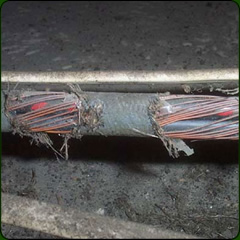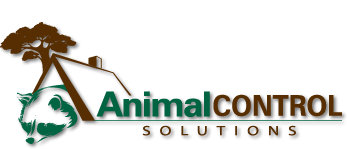Squirrels in My Attic
 The squirrel is one of the most common wildlife pests. If you hear noises in your attic, odds are you have a uninvited guest, a squirrel. The most common noises are folks hearing lots of “scratching”. This could also be a sign that a female squirrel is preparing to have her young. This should be addressed immediately before the young are old enough to also cause damage to your home and electrical wiring.
The squirrel is one of the most common wildlife pests. If you hear noises in your attic, odds are you have a uninvited guest, a squirrel. The most common noises are folks hearing lots of “scratching”. This could also be a sign that a female squirrel is preparing to have her young. This should be addressed immediately before the young are old enough to also cause damage to your home and electrical wiring.
Damage also comes from squirrel chewing. The squirrel is a rodent and their front teeth always grow causing the squirrel to constantly chew to keep teeth sharp and at a manageable level. In nature squirrels chew tree bark, twigs and other natural hard items. In your attic, squirrels chew wiring, support beams, roof braces and electrical fixtures. They can also destroy your insulation by trampling it pushing it down, which reduces your R-factor. Their urine and fecal matter will also collect in your attic insulation. They also cause damage in drywall by digging holes. This is usually the mother squirrel exercising her back leg muscles to prepare for birth. If you hear chewing or scratching in your attic don’t hesitate to call a wildlife control professional immediately. The Squirrel should not be a welcome guest in your home.
